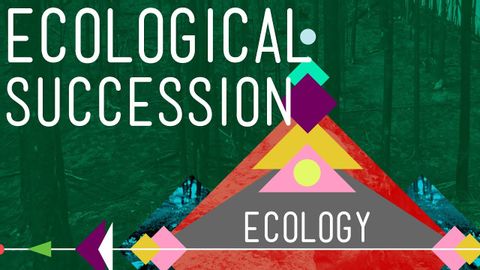エコロジーの継承。変化は良いことだ - クラッシュコース エコロジー #6 (Ecological Succession: Change is Good - Crash Course Ecology #6)
cyrain が 2021 年 01 月 14 日 に投稿  この条件に一致する単語はありません
この条件に一致する単語はありません- n. (u.)(音楽の)拍子 : テンポ;(時計が指し示す)時刻 : 時間;時間;(ある出来事が起きる)時 : 時点;時;時代 : 時期;時間;所要時間
- v.t.(音楽の)リズムをとる;(~するのに)ふさわしい時を選ぶ;時間を計る;(出来事の最適な時間や時期を)決める
- n. (c./u.)木;樹形図;木材;シューキーパー
- v.t.木に追い詰める
- v.t.着替える;両替する;取り替える;変える : 変わる;乗り換える
- n. (c./u.)着替えの服一式;小銭;おつり;変化 : 変更
- prop. n.ロング
- adj.(距離が)長い;多い
- v.i.切望する
- adv.長く : 長い間
エネルギーを使用
すべての単語を解除
発音・解説・フィルター機能を解除

